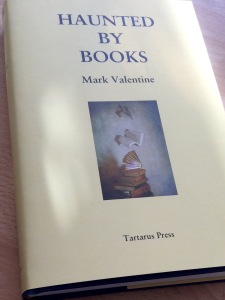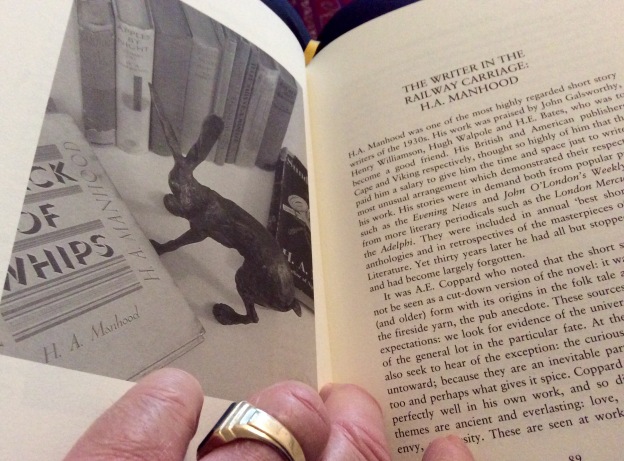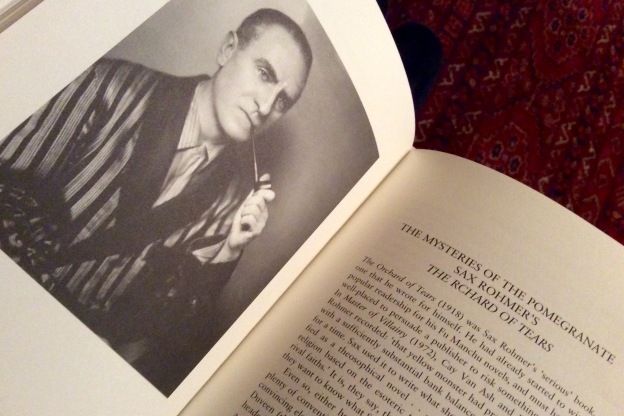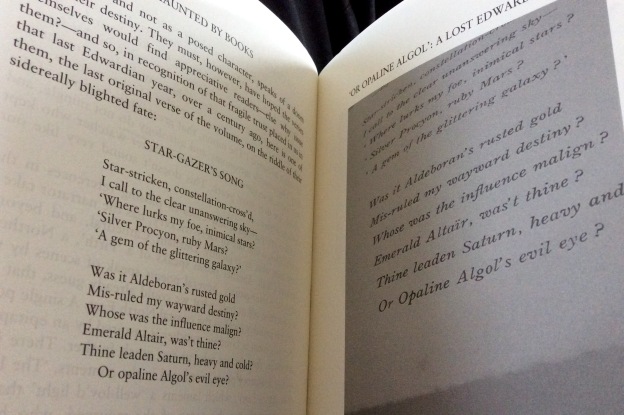DREAMCATCHER REAL-TIME REVIEWS
This DF Lewis site nominated for a British Fantasy Award in 2014 & 2015.

Dreamcatcher Favourites of 2015
NOVEL:
THE FAMILIAR Vol. 1 – Mark Z. Danielewski
ANTHOLOGY (a gestalt virtual one!):
All the stories in BLACK STATIC #44 to #49
COLLECTION:
SONGS OF A DEAD DREAMER and GRIMSCRIBE by Thomas Ligotti (Penguin Classics)
STORY:
Hill of Cinders of Colin Insole
NOVELLA:
ERITH by Quentin S. Crisp
THE FAMILIAR Vol. 1 – Mark Z. Danielewski
ANTHOLOGY (a gestalt virtual one!):
All the stories in BLACK STATIC #44 to #49
COLLECTION:
SONGS OF A DEAD DREAMER and GRIMSCRIBE by Thomas Ligotti (Penguin Classics)
STORY:
Hill of Cinders of Colin Insole
NOVELLA:
ERITH by Quentin S. Crisp






STORY: Beside The Sea by Gary Couzens
COLLECTION: Bone-Idle in the Charnel House by Rhys Hughes
ANTHOLOGY: Aickman’s Heirs
NOVEL: Two Years Eight Months and Twenty-Eight Nights by Salmon Rushdie
NOVELLA: The Siren of Montmartre by Leopold Nacht